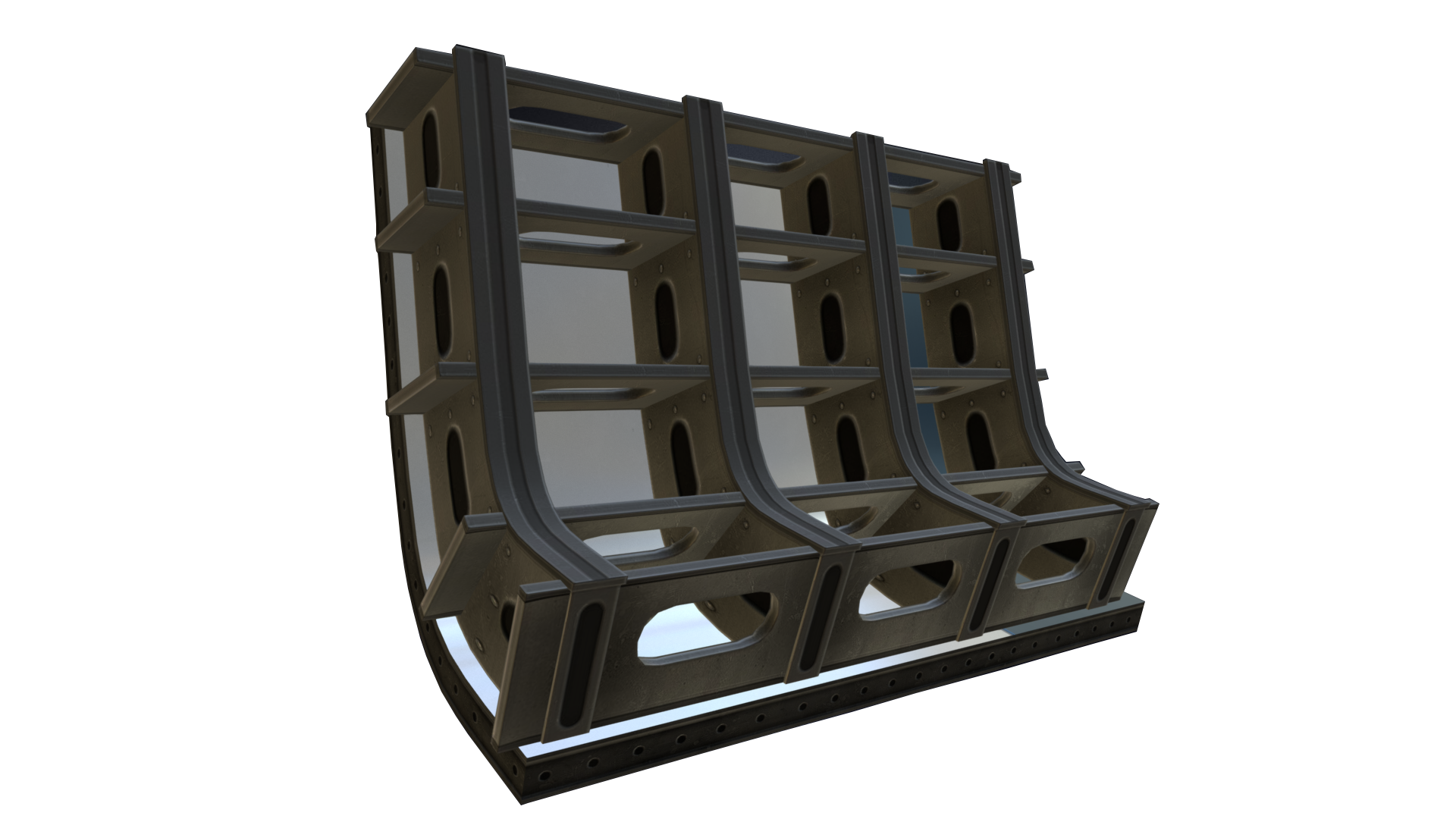
The final design of 1938 carried eight twin 5in gun houses, sixteen guns in all, so three times more than an average destroyer. Indeed, the USAAF “heavy bomber” lobby was vocal about the capability for them to bomb from high altitude any fleet. But at the time, the aviation threat inclined towards the choice of long range anti-aircraft gun. It was a risky proposition to concentrate a cruiser on basically what was at the time a destroyer main armament. Rendition of USS San Juan in world of warshipsĮventually the this discussion ended with the adoption of the new dual purpose 5in gun which development was faster. The Atlanta core design was settled on nine 6in and six 5in guns, as desired by the admiralty, but BuShips soon rang the bell of impossibility, within the 8,000 tons limit. The massive Cleveland class built after the end of treaty limitations reverted to this solution of mixing 6in and 5in guns. It would happen this wasn’t really ready until 1945 (the Worcester class adopted it). The Admiralty settled in 1937 on the new dual purpose 6in/47 gun still under development. Several designs were prepared by BuShips for the admirarty, all armed with a mix of 6in and 5in guns. Work began in December 1936 with the aim of having ten ships in the 5,000-7,000 tons displacement range. A legendary weapon that was used from 1934 to 2008. But the Atlanta class had to wait for specific, comparable weapons system to be matured, and this became the ubiquitous 5-in/38 Mark 12 dual purpose twin turret. The treaty banned heavy cruisers as a whole. There was probably some influence over the design of the Atlanta class, which also took the same tonnage reference design authorized by the second treaty of London in 1936, 7,500 tonnes. The latter were initially designed as replacement for the earlier Arethusa class, and designed as small trade protection cruisers, but with dual-purpose turrets, smaller caliber, they already constituted an intermediary design. The British started first, with the reconversion of their WW1 vintage “E” class cruisers as dedicated AA escorts, and the Dido class (1937). Both the US and British Navy explored these designs. It was realized the threat of aviation was very real and in case of conflict, and that a better AA armament covering protection from high altitude bombers (to some degree), down to low-flying strafing aircraft and torpedo bombers was necessary. It was clearly a trend at the very late 1930s, as well as “super-destroyers”.

USS Juneau after launch: Forward view and stern Design development USS Milwaukee of the Omaha class in 1942, these 20 years old cruiers were planned for replacement by the Atlanta before the congress, both were designed as flotilla leaders but the AA specialization of the latter reflected the interwar progress of the aviation threat.ĪA cruiser is a controversial topic for WW2. They proved a little more useful as destroyer leaders, and remained in service between 20 and 25 years.

Tasked mainly of AA protection for Task Forces in the Pacific they were not the best vessels, experiencing machinery issues all along their career, their top speed and agilty suffering from this in return. The last were launched in 1944-46, USS Juneau (ii), Spokane and Fresno, entering service after the war has ended. The last three (Oakland sub-class) were significantly modified with an open deck and additional AA, sacrificing DP turrets and other wartime lessons brought modifications such as the addition of ballasts, removal of TTs and redesigned superstructures for a greater arc of fire. The first four were accepted in emergency in January-February 1942, two lost in the hell of the Salomon Islands (Atlanta and Juneau), and the others gradually in 1943, San Diego, San Juan, Oakland, Reno, Flint, and Tucson taking part in subsequent island hopping operations, escorting fast task forces.

The war broke out and they were planned as a serie of 11 ships in the 1940 rearmament program. Production was planned to be a first batch of four ships, followed by another one later.

Their tonnage indeed was limited to 6,000 tons according to a definition from the second treaty of London in 1936 related to replacements. They were primarily escorts, and could perform as flotilla leaders as well, relying on speed to compensate for the lack of firepower and protection. The final concept resulted in a lightweight dual-purpose ship armed only with the standard 5-in gun in semi-automated twin turrets. USS Atlanta, Juneau, San Diego, San Juan, Oakland, Reno, Flint, Tucson, Juneau (ii), Spokane, Fresno The USN first AA cruisers (1941)Īt the end of the 1930s, the concept of “super destroyer” became trendy, and the US Admiralty also had plans to replace the light cruiser of the Omaha class from the 1920s.


 0 kommentar(er)
0 kommentar(er)
